Are you old enough to remember Nancy Sinatra? You may know her as the daughter of Old Blue Eyes himself, legendary singer Frank Sinatra.
What you may not know, unless you listened to 1960s radio, is that she had a No. 1 single called “These Boots Are Made For Walking.” The type of boots she referred to, go-go boots, were popular back in the era.
Flash forward 50 years, and many people still think of hiking or winter when it comes to boots. The reality is there are several types of boots made for all four seasons and all sorts of occasions. These boots aren’t just for winter anymore.
1. Cowboy Boots
These boots are most associated with country singers or anything to do with a rodeo or a honky-tonk. The origin of cowboy boots involves showing them off as part of a riding outfit. The “western” type of boot goes up the leg and covers the ankles, while the less-known “roper” type is more of a cross between a boot and a shoe since its top is not far up on the leg.
Depending on the wearer of the boot, the heel may be small and chunky or more narrow. Yes, men’s cowboy boots do have heels, so the stigma that only women wear heels does not apply here.
2. Chelsea Boots
If you’ve watched Star Wars or any of the associated movies, you may remember this type of boot. The stormtroopers wore them. For those of you unfamiliar with the saga of Darth Vader and Luke Skywalker, these boots originated in the Victorian age and are associated with England.
You may have heard these boots referred to as “paddock” or “jodphur” boots. This is because Chelsea boots are often used in horseback riding or equestrian-style competitions. Take a look at your savvy horseback rider or equine competitor, and chances are you will see some variation on Chelsea boots.
3. Ariat Boots
This is a more recent variation of cowboy or equestrian boots, founded in 1993 in Union City, California. Most cowboy or equestrian-style riding boots did not contain enough protection back in the older days, so your boots might have gotten a workout but your feet may have been worked over as well.
What these boots have done is combined current technology such as gel-cushioned footbeds and shock absorbers in the shoes to give current riders more comfort while they are engaged in their favorite activities. The boots are a fixture at most horse shows for this very reason, as they are comfortable to ride in and practical at the same time.
With today’s technology, Ariat boots are likely to withstand the test of stress and last longer than other boots might. The soles feature maximum wear resistance, and that is likely to help keep the shoe lasting longer.
4. Wellington Boots
Associated more with aristocracy than anything else, these boots, also nicknamed “topboots” and “gumboots”, are fashionable and practical at the same time.
They are not meant for year-round use. You most likely will find these boots in the spring as they are adept at splashing through puddles of rain or melted snow. Because of their durability with water and their rubber consistency, Wellingtons are often used in winter as well or near locations that feature a lot of water like lakes, oceans, etc.
5. Go-go Boots
Since we mentioned Nancy Sinatra, let’s go back and revisit go-go boots. Yes, they are still around, although they are not quite as popular as they were in the 1960s. Back then, these were associated with cage dancers and the TV music shows of the time.
Today, go-go boots often feature low heels and travel up to the knees. For that reason, any boot that is knee-length and worn by a woman is referred to as a go-go boot. You may have seen the Dallas Cowboys cheerleaders wearing a variation on go-go boots, but take a look at most any NFL cheerleading group that wears boots and think back to Nancy Sinatra.
We barely scratched the surface of how many different types of boots there are. Just remember that anything associated with equestrian, water, winter or hiking usually calls for some sort of boot to be worn, regardless of nickname or style.
Are you ready, boots? Start walkin’….
Images used courtesy of Countryoutfitter.com, Mytheresa.com, Tackroominc.com, Luxurydfs.com, and Scavengeinc.com
Consideration was received for the editing and publishing of this article.

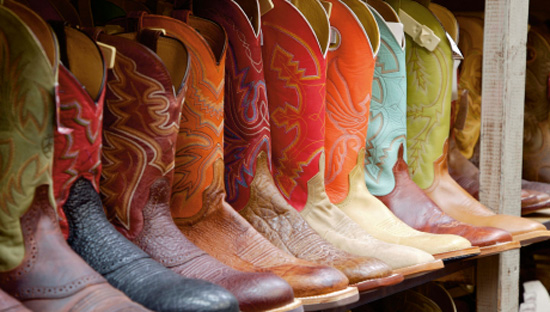
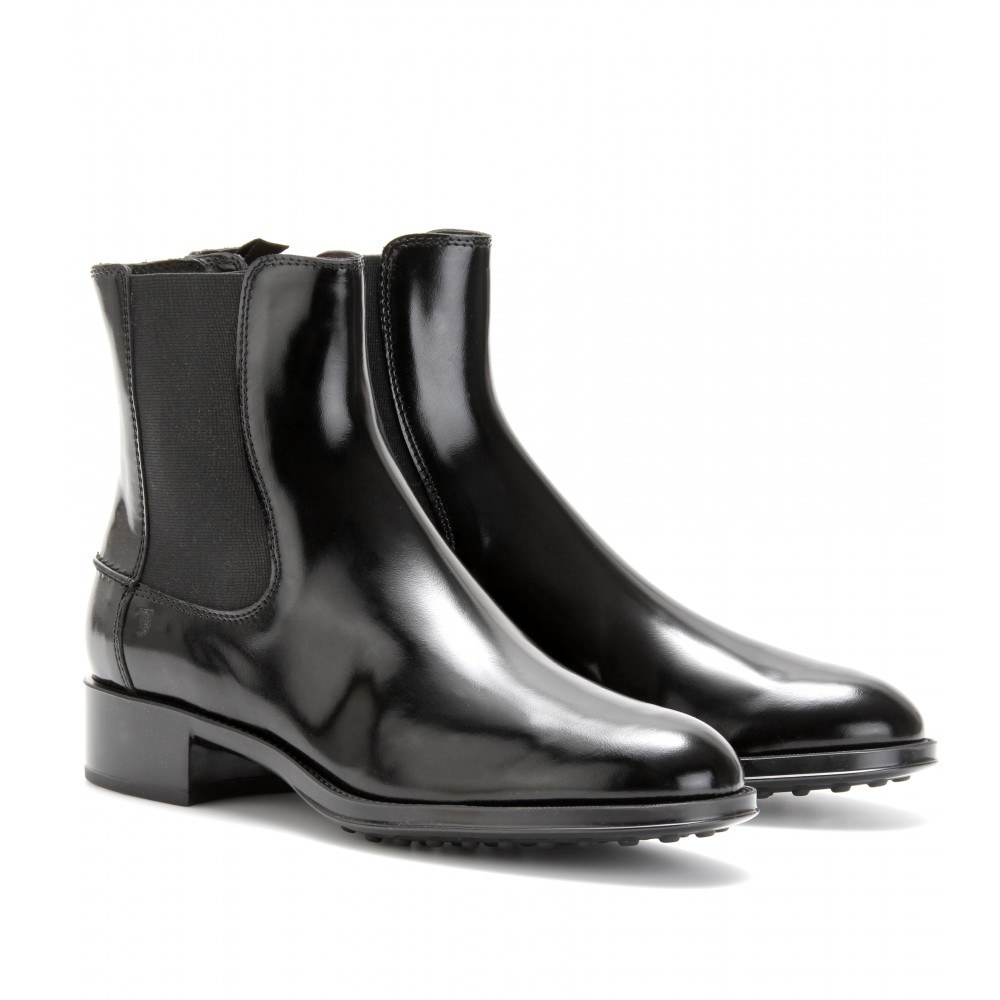
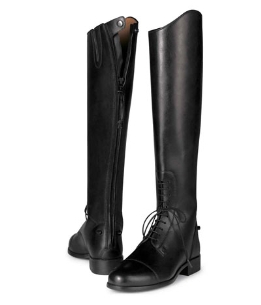
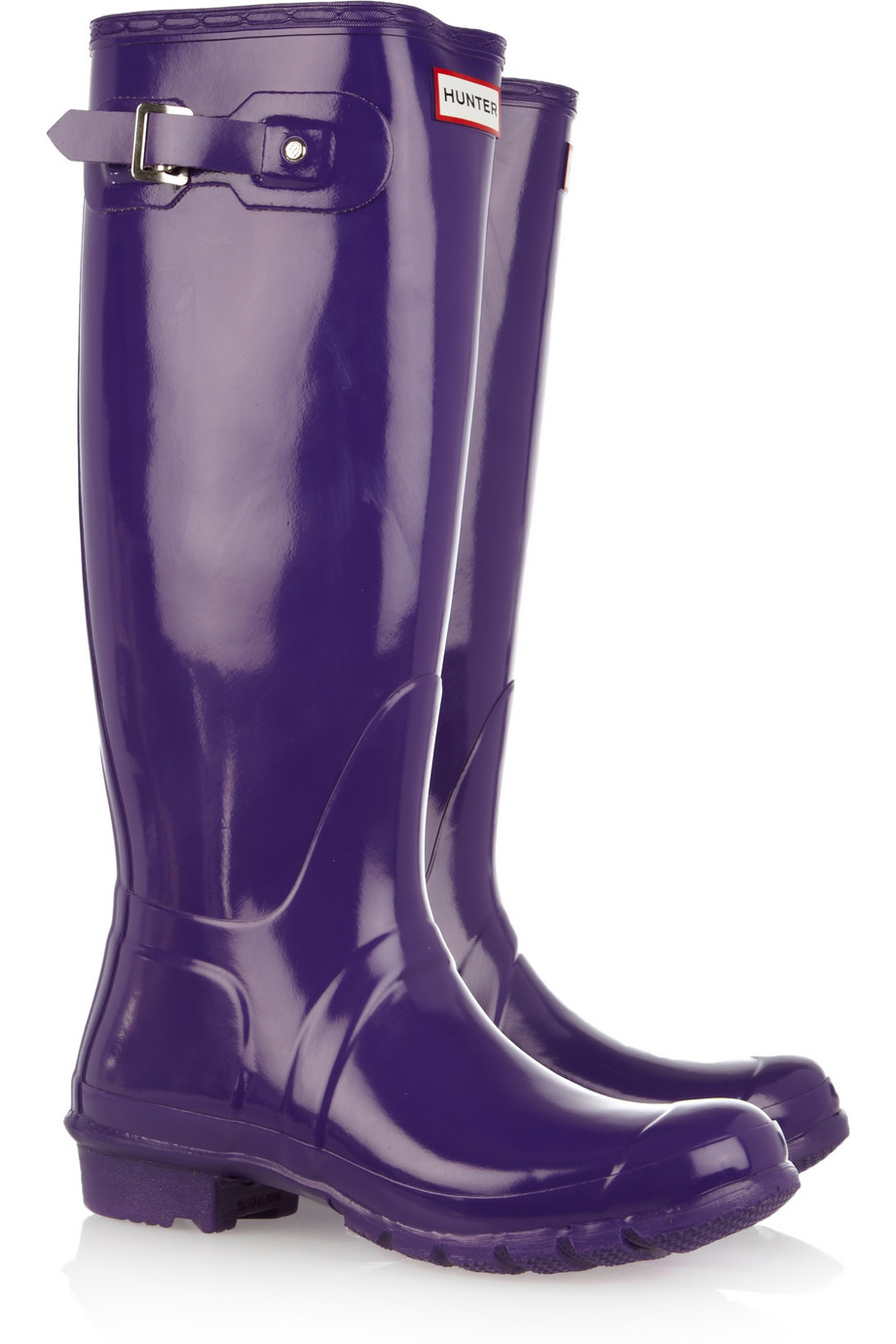
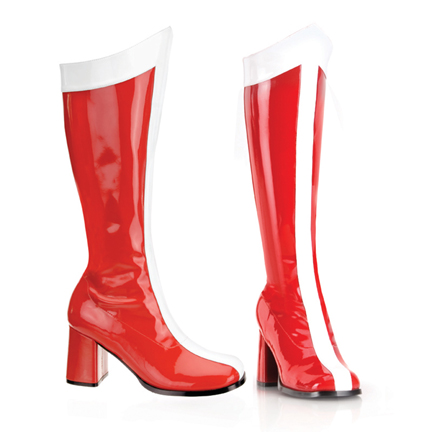



3 Comments
I love boots. I love my Hunter boots. You can’t have enough boots!!!
agi:)
vodkainfusedlemonade
Wow! This was a great mini history lesson. Wellington’s and riding boots are those that I have in my own wardrobe.
-Karen
Boots are my favorite piece of footwear esp. during the cold weather. Aside from feeling so safe & dry, it can be very fashionable with almost anything. I’m so happy to have come across your blog. Hope you can find time to pass by mine too….I’m also a mother of 2 teenagers.
Rebecca
http://www.redtagchiclosangeles.com